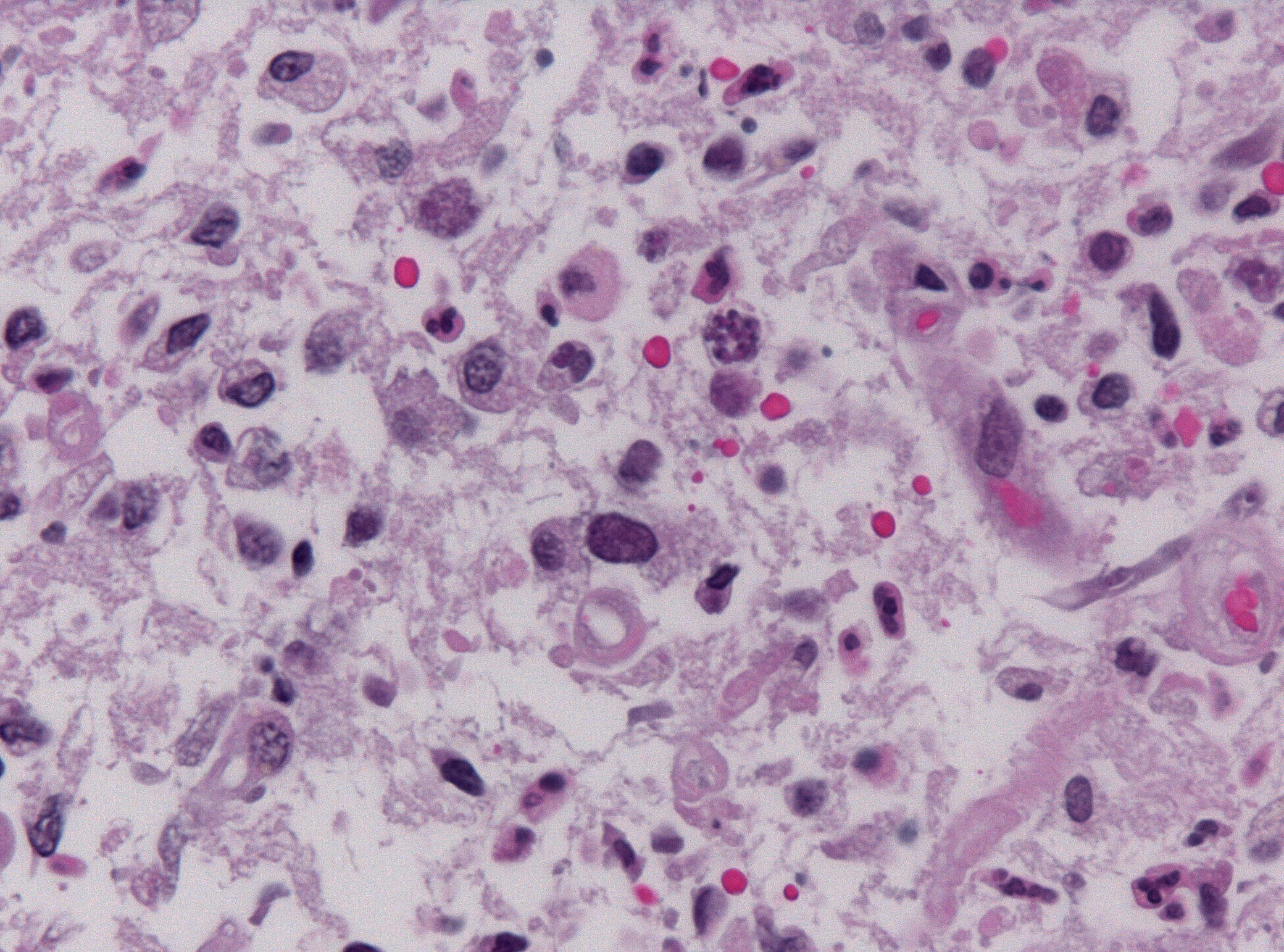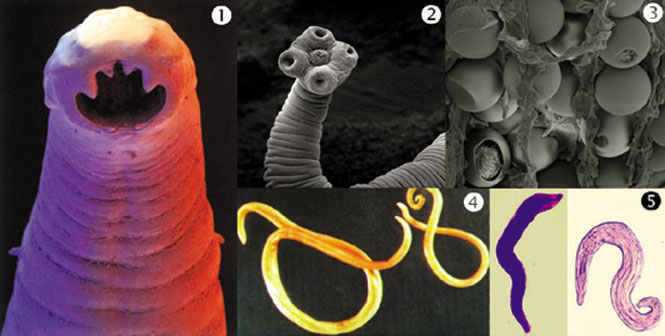Toxoplasma gondii - Pathogen Safety Data Sheet
SECTION I - INFECTIOUS AGENT
SECTION II - HAZARD IDENTIFICATION

Awful Human Tragedy
"The Zombie Virus"
TRUTH DENIED?
This blog provides scientific facts, information and research regarding the growing spread of toxoplasmosis in our communities - and to our children, particularly in unprotected play areas. Over one third of the world's population is infected, and more than 60 million Americans, The US CDC states this "neglected parasite" is the second leading killer of food borne diseases.
One planet, one voice. On June 18, citizens from around the world will unite to call for #ClimateAction now. Join us. http://t.co/mLqNSBS4HD
— Al Gore (@algore) January 23, 2015Some pics at @519church w Ontario Chinese Seniors Association! @OMNITelevision @joe_cressy #trinspa #Toronto pic.twitter.com/JvgnssiEoe
— Han Dong (@HanDongMPP) February 5, 2015@josephjett Excellent - Best @twitter IMO; so far' with wisdom of knowing I know nothing, such r unknown, unknowns pic.twitter.com/DW8KBB1E6d
— Ms Terri McNeil (@savekidstoxo) November 1, 2014Fun interview w/my friend & Hollywood legend @BrianGrazer at the #KPCBinLA event. Take a look at the highlights: http://t.co/GOZxI4BJ7T
— Al Gore (@algore) December 26, 2014@savekidstoxo Hi Terri! Thanks for the follow! Just on the way out, will have a look when I get back!
— Fabian Bolin (@fabianbolin) October 29, 2014

 Ярослав Флегр нет псих. И все же, в течение многих лет, он подозревал, что его ум был захвачен паразитов, которые вторглись в его мозг. Так плодовитым биолог взял его научно-фантастический предчувствие в лабораторию. То, что он сейчас открывать поразит вас. Может, перевозимые домашних кошек крошечные организмы быть ползучей в наши мозги, заставляя все от автомобильных аварий с шизофренией?
Ярослав Флегр нет псих. И все же, в течение многих лет, он подозревал, что его ум был захвачен паразитов, которые вторглись в его мозг. Так плодовитым биолог взял его научно-фантастический предчувствие в лабораторию. То, что он сейчас открывать поразит вас. Может, перевозимые домашних кошек крошечные организмы быть ползучей в наши мозги, заставляя все от автомобильных аварий с шизофренией?  Конечно мышление Flegr является раздражающе нетрадиционным. С начала 1990-х годов, он начал подозревать, что одноклеточные паразиты в семье простейших тонко манипулировать его личность, в результате чего он себя в странных, часто самоубийственных способов. И если это было возиться с его умом, рассуждал он, это был, вероятно, делает то же самое для других.
Конечно мышление Flegr является раздражающе нетрадиционным. С начала 1990-х годов, он начал подозревать, что одноклеточные паразиты в семье простейших тонко манипулировать его личность, в результате чего он себя в странных, часто самоубийственных способов. И если это было возиться с его умом, рассуждал он, это был, вероятно, делает то же самое для других.  Но после многих лет игнорируются или со скидкой, Flegr начинает получать респектабельность. Психоделический как его требования не звучало, многие исследователи, в том числе таких крупных имен в неврологии как Стэнфорда Роберт Sapolsky, думаю, что он вполне может быть на что-то. Flegr в "исследования также проводятся, и я вижу, нет оснований сомневаться в их," Sapolsky говорит мне. Действительно, последние данные от лабораторных и британских групп Sapolsky предполагают, что паразит способен чрезвычайных махинаций. Т. гондий, сообщает Sapolsky, может превратить сильное врожденное отвращение крысы, кошкам в аттракцион, заманивая его в пасть его No. 1 хищника. Еще более удивительно то, как она делает это: организм повторно едет цепей в частях мозга, которые имеют дело с такими первобытными эмоциями, как страх, тревога, и сексуальное возбуждение. "В целом," говорит Sapolsky, "это дикий, причудливый нейробиологии." Другой академический тяжеловес, который берет Flegr серьезно это шизофрения эксперт Е. Фуллер Торри, директор Стэнли-исследовательского института медицинской, в штате Мэриленд. "Я восхищаюсь Ярослав для этого [этого исследования]," говорит он. "Очевидно, что это не политкорректно, в том смысле, что не многие лаборатории делают это. Он сделал это в основном самостоятельно, с очень небольшой поддержкой. Я думаю, что это имеет глядя на. Я считаю, это совершенно достоверными ".
Но после многих лет игнорируются или со скидкой, Flegr начинает получать респектабельность. Психоделический как его требования не звучало, многие исследователи, в том числе таких крупных имен в неврологии как Стэнфорда Роберт Sapolsky, думаю, что он вполне может быть на что-то. Flegr в "исследования также проводятся, и я вижу, нет оснований сомневаться в их," Sapolsky говорит мне. Действительно, последние данные от лабораторных и британских групп Sapolsky предполагают, что паразит способен чрезвычайных махинаций. Т. гондий, сообщает Sapolsky, может превратить сильное врожденное отвращение крысы, кошкам в аттракцион, заманивая его в пасть его No. 1 хищника. Еще более удивительно то, как она делает это: организм повторно едет цепей в частях мозга, которые имеют дело с такими первобытными эмоциями, как страх, тревога, и сексуальное возбуждение. "В целом," говорит Sapolsky, "это дикий, причудливый нейробиологии." Другой академический тяжеловес, который берет Flegr серьезно это шизофрения эксперт Е. Фуллер Торри, директор Стэнли-исследовательского института медицинской, в штате Мэриленд. "Я восхищаюсь Ярослав для этого [этого исследования]," говорит он. "Очевидно, что это не политкорректно, в том смысле, что не многие лаборатории делают это. Он сделал это в основном самостоятельно, с очень небольшой поддержкой. Я думаю, что это имеет глядя на. Я считаю, это совершенно достоверными ".  Знакомый для большинства из нас, конечно, является вирус бешенства. На грани убийства собаки, летучей мыши или другого теплокровного хозяина, это мешает животное в ярость, одновременно переходе от нервной системы к слюне существа, гарантируя, что когда хозяева укусы, вирус будет жить в новый носитель. Но в стороне от бешенства, рассказы паразитов реквизиции поведение больших мозгом млекопитающих встречаются редко. В гораздо более распространенными жертвами паразитарные ум контроль, по крайней мере те, о которых мы знаем, рыба, ракообразные, и легионы насекомых, в соответствии с Дженис Мур, поведенческого биолог Университета штата Колорадо. "Мухи, муравьи, гусеницы, осы, вы называете его, есть грузовики с ними ведут себя странно в результате паразитов", говорит она.
Знакомый для большинства из нас, конечно, является вирус бешенства. На грани убийства собаки, летучей мыши или другого теплокровного хозяина, это мешает животное в ярость, одновременно переходе от нервной системы к слюне существа, гарантируя, что когда хозяева укусы, вирус будет жить в новый носитель. Но в стороне от бешенства, рассказы паразитов реквизиции поведение больших мозгом млекопитающих встречаются редко. В гораздо более распространенными жертвами паразитарные ум контроль, по крайней мере те, о которых мы знаем, рыба, ракообразные, и легионы насекомых, в соответствии с Дженис Мур, поведенческого биолог Университета штата Колорадо. "Мухи, муравьи, гусеницы, осы, вы называете его, есть грузовики с ними ведут себя странно в результате паразитов", говорит она.  US Feral cats spreading ‘serious public health diseases ‘
US Feral cats spreading ‘serious public health diseases ‘
 A newly identified protein and other proteins it interacts with could become effective targets for new drugs to control the parasite that cause toxoplasmosis, researchers led by investigators at Indiana University School of Medicine have reported.
A newly identified protein and other proteins it interacts with could become effective targets for new drugs to control the parasite that cause toxoplasmosis, researchers led by investigators at Indiana University School of Medicine have reported. Researchers also use Toxoplasma as a model organism for the malaria parasitePlasmodium, meaning much of what is learned about Toxoplasma could lead to new treatments for a disease that struck an estimated 207 million people worldwide in 2012 and caused an estimated 627,000 deaths, most of them children.
Researchers also use Toxoplasma as a model organism for the malaria parasitePlasmodium, meaning much of what is learned about Toxoplasma could lead to new treatments for a disease that struck an estimated 207 million people worldwide in 2012 and caused an estimated 627,000 deaths, most of them children. 



@JohnKerry Keep up the good work John.All the best of success in the years ahead too Merry Holidays and Happy Tidings pic.twitter.com/68Y3MBje0m
— Deep Quong (@DeepQuong) December 23, 2014